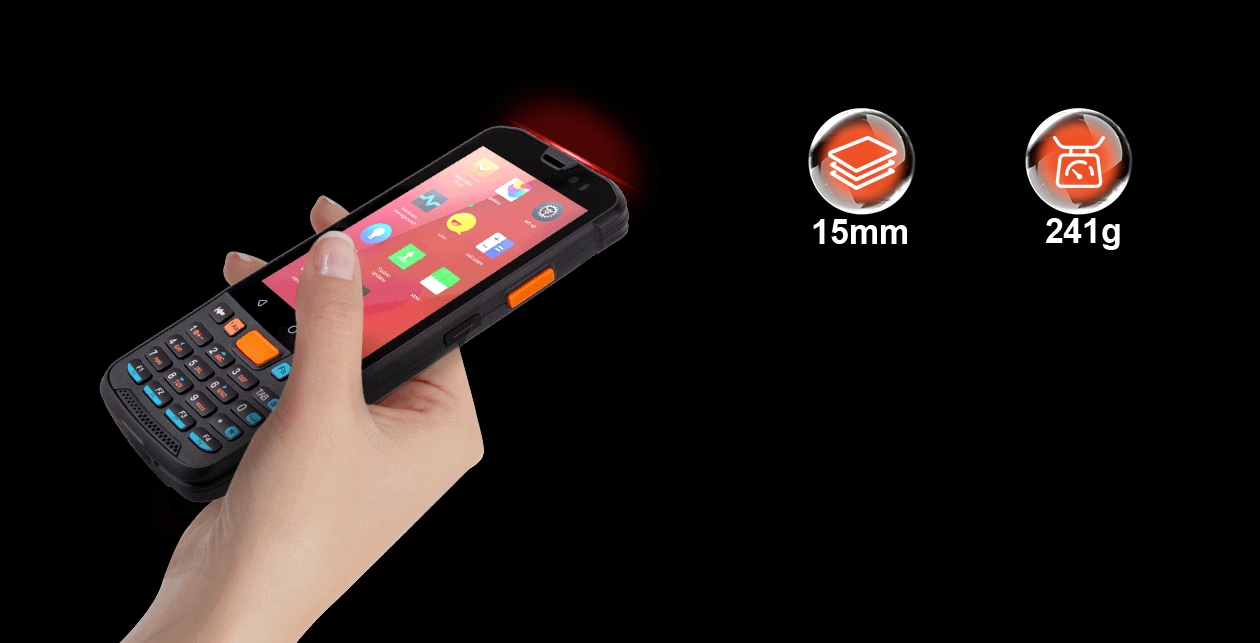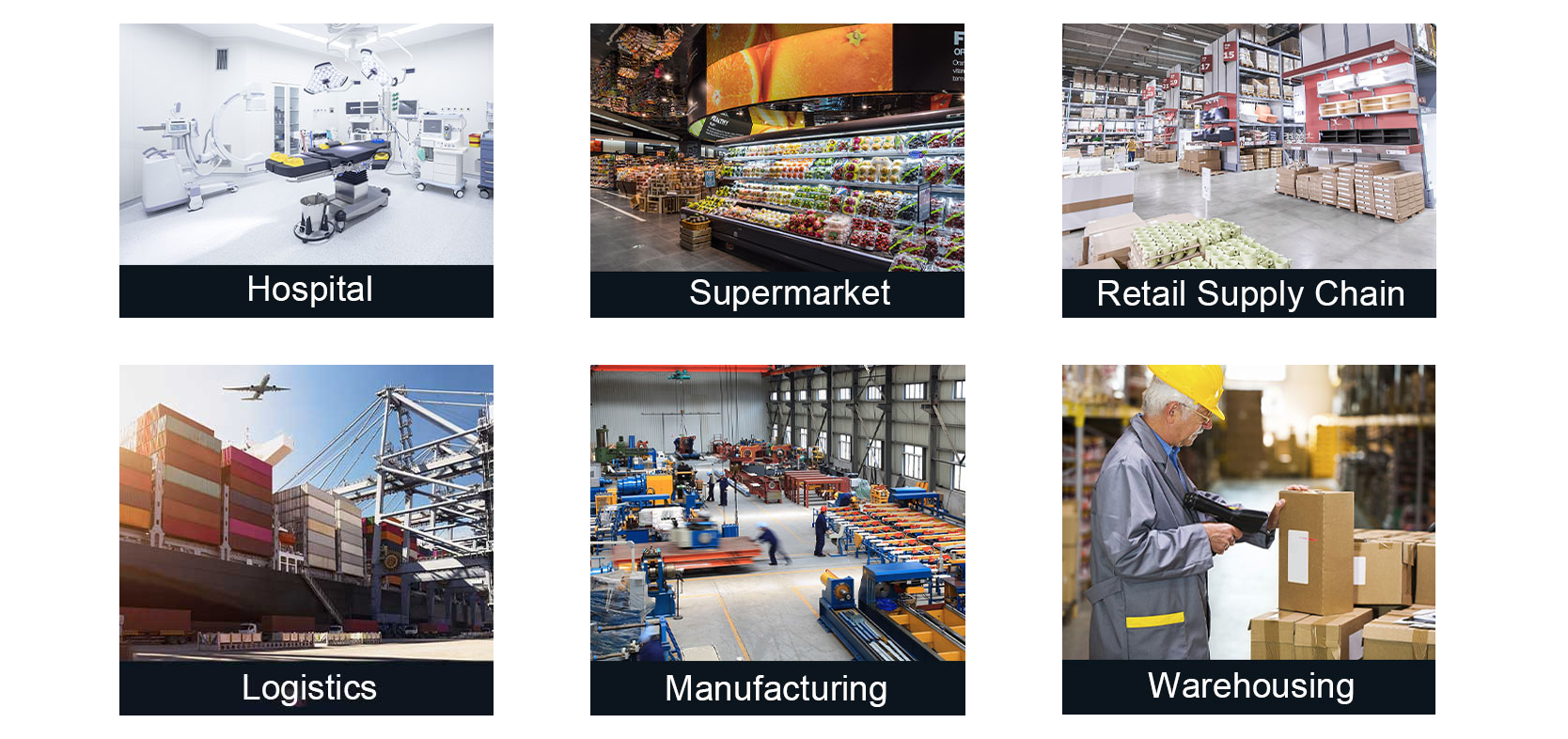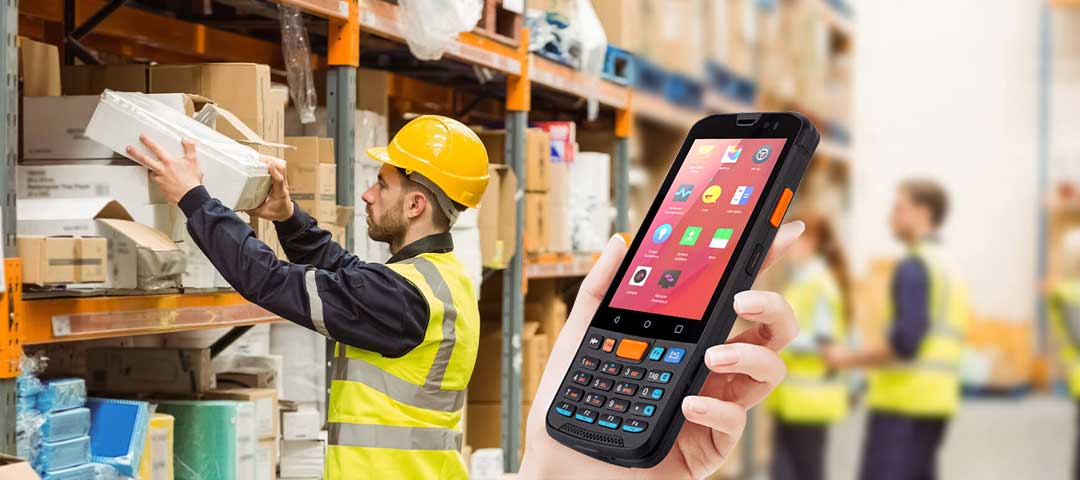Handheld Personal Digital Assistant (PDA) devices have revolutionized the way we manage information, stay organized, and enhance productivity on the go. In this comprehensive guide, we will explore the history, features, applications, and future prospects of handheld PDAs. From their early days as electronic organizers to their current multifunctional capabilities, PDAs have evolved to become indispensable tools for professionals, students, and individuals seeking portable productivity. Join us as we delve into the world of handheld PDAs and discover their versatility, convenience, and impact on our daily lives.

I. The History and Evolution of Handheld PDAs
A. Origins of PDAs: From Electronic Organizers to Palm Pilots
The concept of handheld Personal Digital Assistant (PDA) devices can be traced back to the origins of electronic organizers in the 1980s. These early devices focused on providing basic organizational features such as calendars, address books, and to-do lists. Companies like Psion and Sharp were pioneers in this field, introducing handheld devices with small monochrome screens and physical keyboards.

B. The Introduction of the Palm Pilot and Its Influence
The true breakthrough in the history of PDAs came in the mid-1990s with the introduction of the Palm Pilot. Manufactured by Palm, Inc., the Palm Pilot revolutionized the concept of PDAs by combining a compact form factor with a stylus-based touchscreen interface. It offered innovative features like handwriting recognition, synchronization with desktop computers, and a vast library of third-party applications. The Palm Pilot gained immense popularity and set the standard for future PDA devices.
C. Pocket PCs: Expanding Features and Functionality
Following the success of the Palm Pilot, Microsoft entered the handheld market with its Windows CE operating system, leading to the emergence of Pocket PCs. These devices expanded on the capabilities of PDAs by integrating touchscreens, wireless connectivity, and multimedia functions. Pocket PCs offered a more robust computing experience, with the ability to run productivity applications, browse the internet, and even play multimedia files.
D. Convergence with Smartphones: The Rise of the All-in-One Device
With the advancement of technology, the line between PDAs and mobile phones began to blur. The introduction of smartphones brought PDA functionality into a single device, combining communication features with the organizational capabilities of PDAs. The release of Apple's iPhone in 2007 further accelerated this convergence, as it introduced a user-friendly interface and a wide range of applications that transformed the smartphone into a versatile tool for productivity and entertainment.
E. The Decline of Standalone PDAs
As smartphones continued to evolve and offer increasingly powerful features, standalone PDAs gradually lost their prominence in the market. The convenience of having all-in-one devices that integrated phone, internet, and PDA functions led to a decline in the demand for dedicated PDAs. However, the legacy of PDAs lives on in the form of the organizational and productivity features that have become standard in modern smartphones.
II. Key Features and Capabilities of Handheld PDAs
Handheld Personal Digital Assistant (PDA) devices offer a range of features and capabilities that enhance productivity and organization on the go. Let's explore some of the key aspects that make PDAs valuable tools for professionals, students, and individuals seeking portable efficiency.
A. Compact Form Factor and Portability
One of the primary advantages of PDAs is their compact size and lightweight design. PDAs are typically small enough to fit in a pocket or a bag, allowing users to carry them effortlessly wherever they go. This portability makes PDAs ideal for professionals who travel frequently or students who need to take their work with them.

B. Touchscreens and Stylus Input
Most PDAs feature touchscreens that enable intuitive and efficient interaction with the device. Users can navigate through menus, access applications, and enter data by simply tapping or swiping on the screen. Additionally, many PDAs support stylus input, allowing for precise writing, drawing, and note-taking. The combination of touchscreens and stylus input provides versatility and ease of use.
C. Organizational Tools and Productivity Applications
PDAs are equipped with a range of organizational tools and productivity applications that help users manage their schedules, contacts, and tasks. These include calendar applications for scheduling appointments and events, address book functionality for storing contact information, and task management tools for creating to-do lists and tracking progress. PDAs also offer note-taking capabilities, document editing, and synchronization with desktop computers or other devices, allowing for seamless data management.
D. Wireless Connectivity
Wireless connectivity is a crucial feature of modern PDAs. Most PDAs support Wi-Fi and cellular connectivity, enabling users to access the internet, send and receive emails, and stay connected to online resources. This connectivity also facilitates real-time communication through messaging and collaboration applications, ensuring that users can stay in touch and collaborate with colleagues, classmates, or team members.
E. Expandability and Customization
Many PDAs offer expandability options to enhance their functionality. These devices typically include expansion slots or ports for adding memory, storage, or additional features. Users can expand the storage capacity of their PDAs by using memory cards or connect peripherals such as barcode scanners or card readers.
Furthermore, PDAs often allow for customization through the installation of third-party software applications. Users can choose from a wide range of applications designed to meet their specific needs and preferences, including productivity tools, educational resources, entertainment apps, and more. This flexibility enables users to tailor their PDAs to suit their individual requirements.
III. Applications and Industries of Handheld PDAs
Handheld Personal Digital Assistant (PDA) devices find applications across various industries and sectors, offering convenience, efficiency, and organization in a portable form. Let's explore some of the key industries where PDAs have made a significant impact.
Healthcare: PDAs are widely used in the healthcare industry for tasks such as patient data management, electronic medical records (EMR), medication tracking, and accessing medical references. Healthcare professionals can easily input and retrieve patient information, access critical data, and collaborate with colleagues on the go.
Field Service and Maintenance: PDAs are essential tools for field service technicians and maintenance personnel. They allow for the management of work orders, tracking of maintenance schedules, and access to technical documentation. PDAs enhance communication between field workers and central operations, improving response times and ensuring efficient service delivery.
Education: PDAs have found applications in the education sector, particularly for students and educators. They provide tools for note-taking, research, access to educational resources, and organization of schedules and assignments. PDAs can enhance learning outcomes, facilitate collaboration, and support personalized education.
Logistics and Delivery: PDAs are valuable for logistics and delivery companies. They enable tracking of shipments, scanning of barcodes, capturing electronic signatures, and optimizing delivery routes. PDAs improve efficiency, accuracy, and customer service in the logistics industry.
Sales and Field Force Automation: PDAs empower sales teams and field representatives with tools for customer relationship management (CRM), order processing, and sales tracking. PDAs provide instant access to customer information, sales data, and sales presentations, enabling effective sales management and customer engagement.
Public Safety and Security: PDAs are utilized by law enforcement agencies, security personnel, and emergency responders. They aid in real-time communication, incident reporting, access to databases, and collaboration between teams. PDAs enhance situational awareness and response capabilities in critical situations.
In summary, handheld PDAs have diverse applications across industries such as healthcare, retail, field service, education, logistics, sales, and public safety. Their portable nature, organizational features, and connectivity options make them valuable tools for enhanced productivity, improved efficiency, and streamlined operations in various professional settings.

IV. Advancements and Future Prospects of Handheld PDAs
Handheld Personal Digital Assistant (PDA) devices have come a long way since their inception, and they continue to evolve with advancements in technology. Here are some key advancements and future prospects for handheld PDAs:
Integration with Artificial Intelligence (AI): PDAs are likely to incorporate AI capabilities, enabling features such as voice assistants, natural language processing, and smart predictive algorithms. AI-powered PDAs can provide personalized recommendations, automate tasks, and offer intelligent insights based on user behavior and preferences.
Enhanced Biometric Security: Future PDAs may incorporate advanced biometric authentication methods such as fingerprint sensors, iris scanners, or facial recognition systems. These features will enhance device security and provide seamless and secure data access for users.
Augmented Reality (AR) and Virtual Reality (VR) Integration: PDAs could incorporate AR and VR technologies, offering immersive experiences for various applications. This integration could benefit industries such as education, retail, and healthcare, allowing users to visualize information, products, or simulations in a more interactive manner.
Internet of Things (IoT) Connectivity: PDAs may integrate with IoT devices, enabling users to control and monitor connected devices such as smart home appliances, wearables, or industrial equipment. This connectivity will enhance the overall user experience and productivity.
Sustainability and Energy Efficiency: PDAs of the future are expected to prioritize sustainability and energy efficiency. This could involve the use of eco-friendly materials, longer battery life, and optimized power consumption.
In conclusion, handheld PDAs have transformed the way we manage information, organize our lives, and enhance productivity. From their humble origins as electronic organizers to their current multifunctional capabilities, PDAs have become indispensable tools for professionals, students, and individuals seeking portable productivity. With their compact form factor, touchscreens, organizational tools, wireless connectivity, and expandability, handheld PDAs offer convenience, versatility, and efficiency. As technology continues to advance, we can expect PDAs to integrate with AI, IoT, AR, and VR, opening up new possibilities and applications. The future of handheld PDAs holds exciting prospects for further enhancing our digital experiences and empowering us to achieve more on the go.









